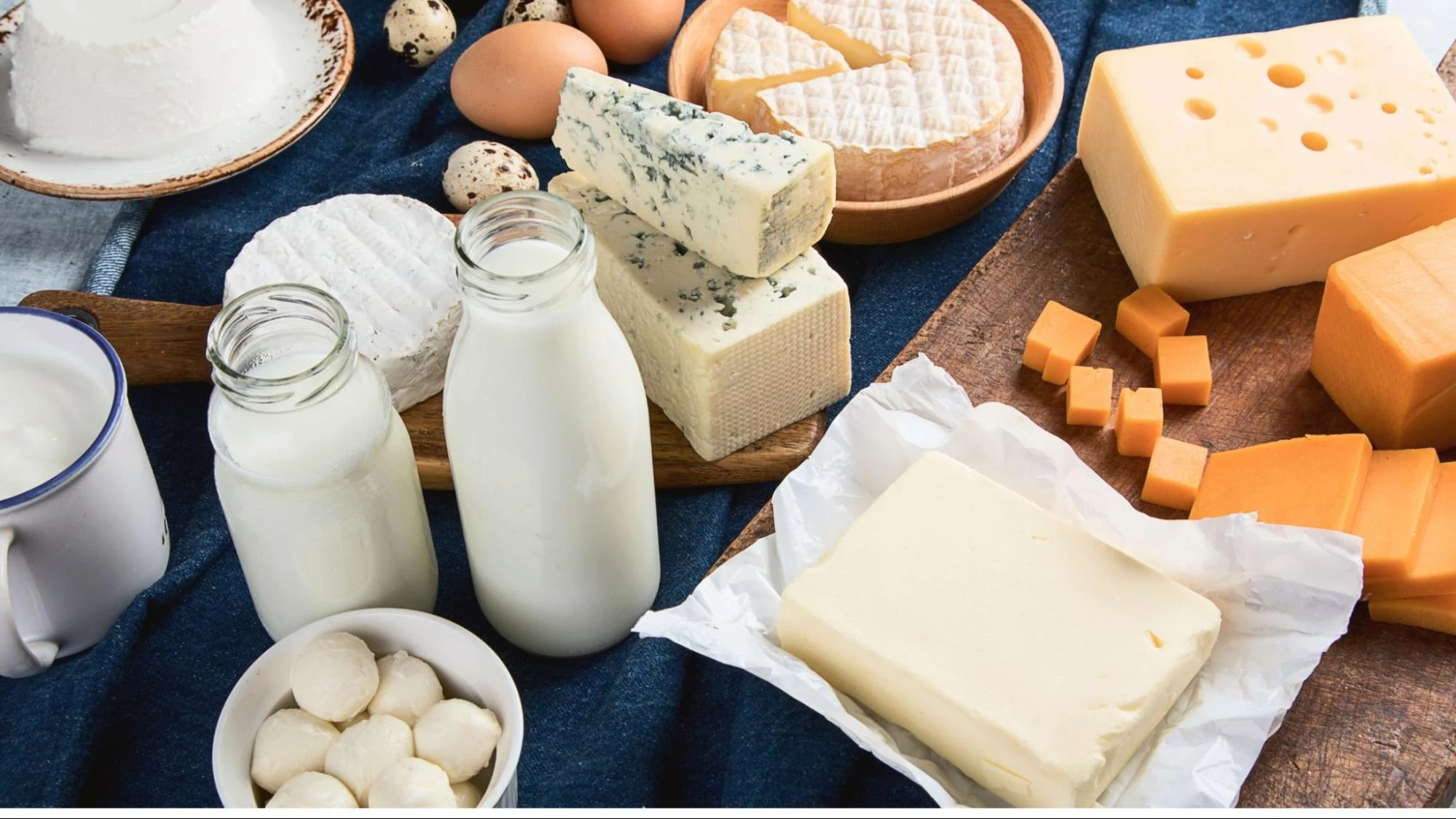Dairy products are generally defined as food products that are produced from milk. They are rich sources of energy and good sources of calcium, which helps maintain bone density and reduces the risk of fractures. Getting into the dairy department in a supermarket, we involuntarily get lost among the variety of dairy gastronomic delights presented on the shelf. Farmers and large dairy companies are trying to win the attention of the consumer in all sorts of ways: milk, butter, cheese, cottage cheese and hundreds of types of yogurt are on the shelf of the average store.
What are the best dairy foods to eat everyday?
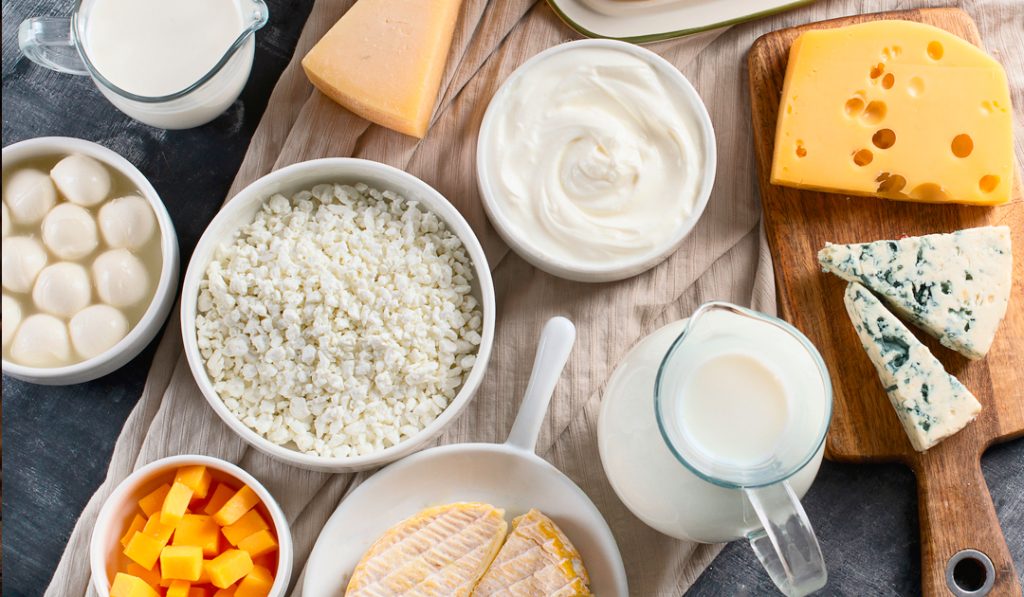
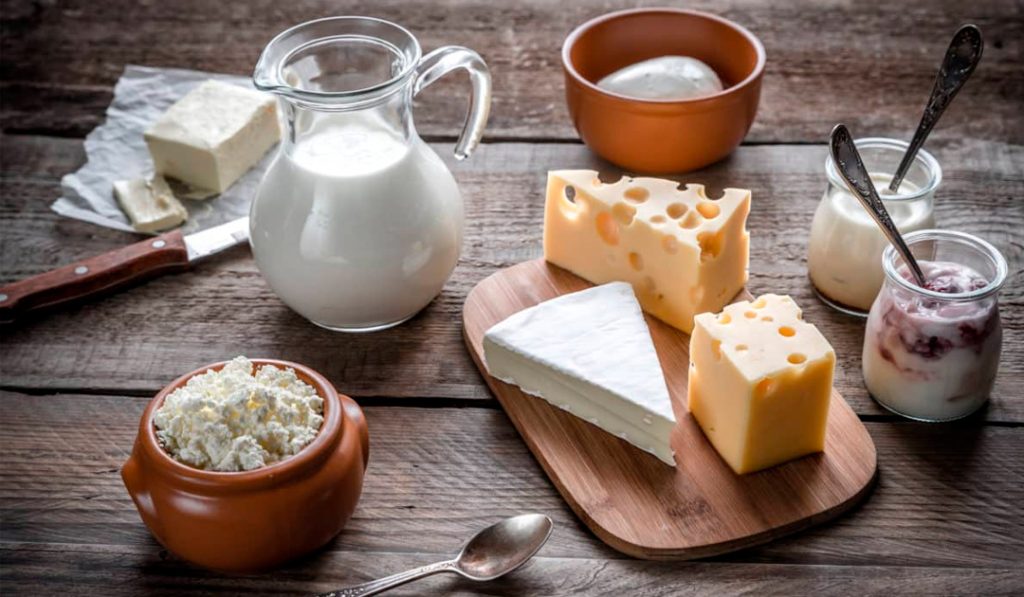
What dairy products are the healthiest and which of them are commonly eaten daily? What are the unique nutritional benefits of each? Let’s take a look at the four farm-supplied cow’s milk products that we first look for when visiting a supermarket.
CHEESE


According to the production technology, cheeses are divided into hard, semi-hard, and soft. Hard cheese is a cheese with a dense texture and a hard rind. Such cheese is almost never moldy. If no food coloring was used in its production, then it can be from bright yellow to straw in color. When the cow eats fresh grass, the color of the cheese will be more intense. Farmers produce a large number of types of hard cheese. Each is tasty and healthy in its own way, but they all contain nutritionally important components, including proteins, carbohydrates, lipids, minerals, vitamins, and water. Cheese contains essential amino acids, which are one of the important structural elements for the skin, and also take part in many biochemical reactions. Cheese perfectly satisfies even the most severe hunger and is an energy supplier for the body. It is recommended for athletes, pregnant women, and kids because only 100 grams of hard cheese per day provides the body with most of the necessary vitamins and minerals.
How hard cheese is made?
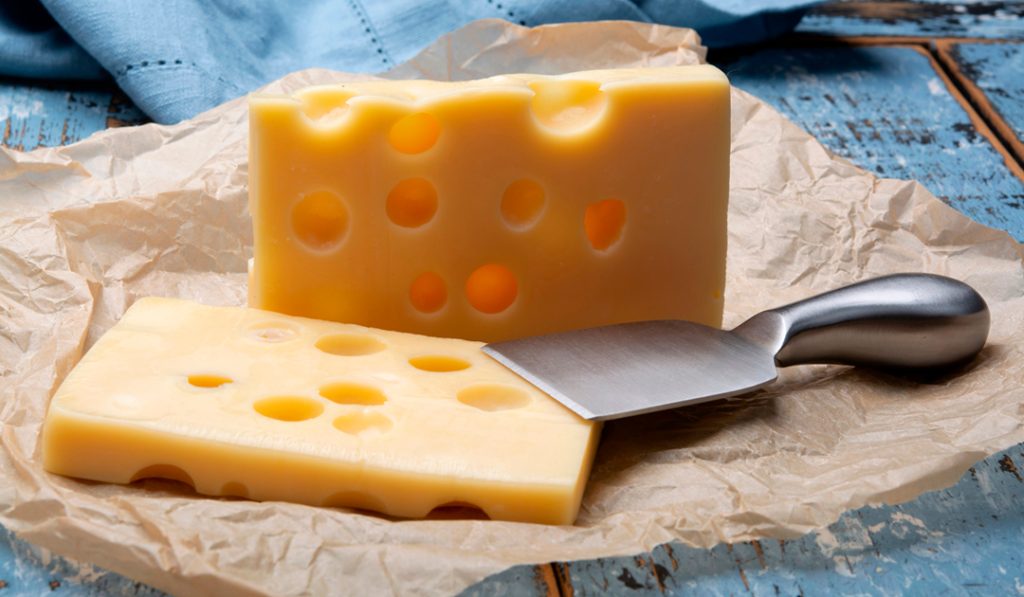
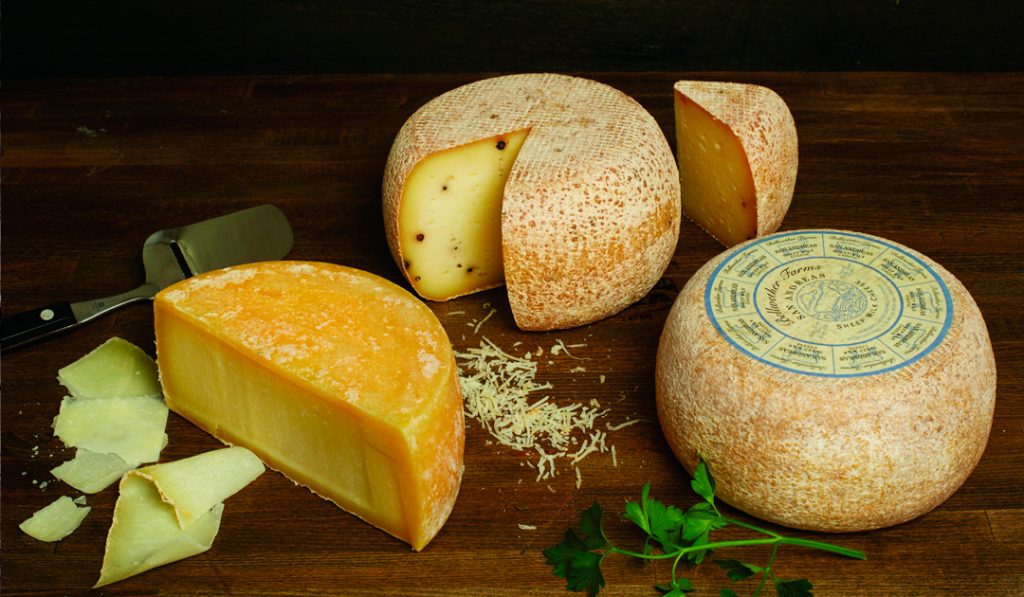
How long does it take to make good cheese? It may take from a couple of months to several years for a cheese head to ripen. The secret to making delicious hard cheese is a starter containing special enzymes. Most cheeses are released to the shelves within 2-3 months after the start of production. But there are hard cheeses that are aged for longer periods of time, they cost more. For example, the Dutch Gouda is incredibly tasty if you taste it no earlier than 5 years from the start of production. But the well-known Italian Parmigiano, after 3 years of aging, begins to lose its taste, and after 4 years it can become completely tasteless. The most popular hard cheeses in farm production are Parmesan, Cheddar, and Maasdam.
CREAM CHEESE


Unlike hard cheeses, cream cheese does not require a long maturation period. It is a soft product made from milk and cream (hence the name of the cheese). Back in the 17th century, the French discovered the secret of making cream cheese. And since the 19th century, the most popular brand of cream cheese in the United States was named after the city of Philadelphia. Cream cheese is very easy to farm and it is 100% organic. The technology for the production of cream cheese is similar to the traditional production of cottage cheese. Since the cheese has a delicate taste and delicate texture, it is used to prepare such popular dishes as rolls (in Japanese cuisine), cheesecake, and various other desserts. Cream cheese is also an ideal component in the preparation of a huge number of other dishes. For example, a serving of cheese will add a unique tenderness to the taste of broccoli soup. Cream cheese makes an excellent pasta sauce when you mix the cheese with milk, heat it up a bit, and add your favorite spices. 100 grams of cream cheese contains as many nutrients as 1.5 liters of milk, so this fantastic product is both tasty and nutritious. grams.
KEFIR
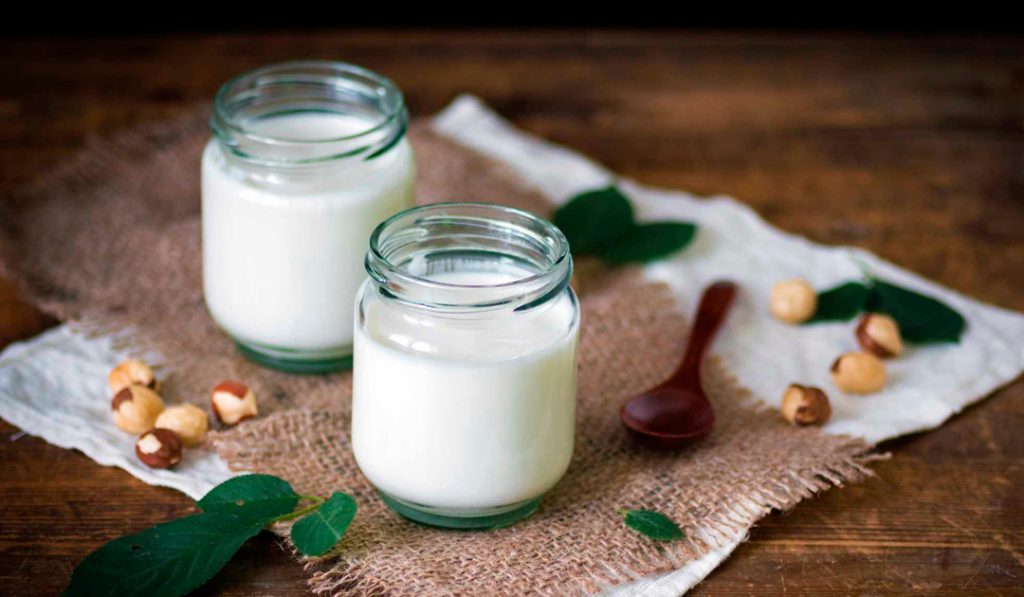
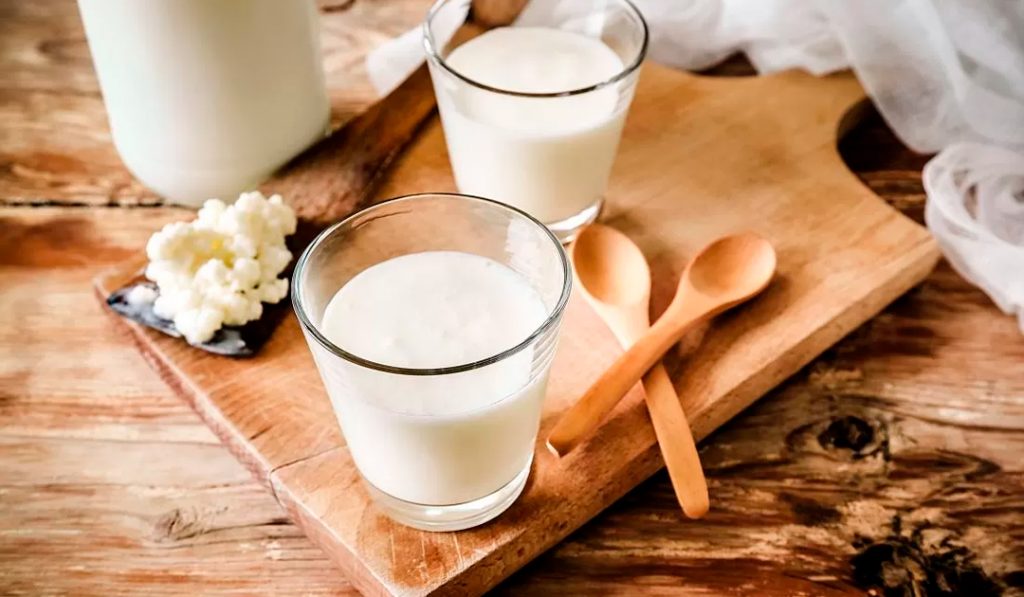
Many do not see much difference between kefir and yogurt and consider them almost the same products. This is not entirely true, in fact. So how are they different? Kefir is a sour drink with a watery texture. In the process of making it, both lactic acid fermentation and alcohol fermentation occur. For the production of kefir, sourdough containing lactic bacteria is used. They work well for the restoration of microflora. Therefore, drinking kefir is often recommended after taking antibiotics. Kefir helps to strengthen the immune system, relieves chronic fatigue, is indispensable for sleep disorders and diseases of the nervous system, and quenches thirst well on hot summer days. Regular drinking of kefir ensures a constant and uninterrupted process of cleansing the body of harmful substances.
YOGURT


Compared to kefir, yogurt has a denser texture. Since only lactic acid fermentation occurs during the preparation of yogurt, the taste of this product is more neutral. Yogurt contains beneficial bacteria that remove toxins from the body. Yogurt increases the body’s resistance to many diseases and improves immunity in general. Live yogurt contains almost all vitamins, organic and saturated fatty acids, and trace elements, it is an excellent source of calcium. The beneficial bacteria found in yogurt help the absorption of calcium and B vitamins more efficiently. The fermentation process makes it a product that is much better digested than milk. People who suffer from lactose intolerance or milk protein allergy can safely eat yogurt. So, if you want to get rid of toxins quickly, you should include yogurt and kefir in your diet. Just a glass of kefir or yogurt per day will significantly increase the protective functions of the body. To achieve a quick result, it is worth including both of these products in your diet.
It is difficult to overestimate the beneficial properties of dairy products. After all, it is no coincidence that the first meal in the life of every person consists of mother’s milk. Eat fresh farm dairy products every day and stay healthy!




